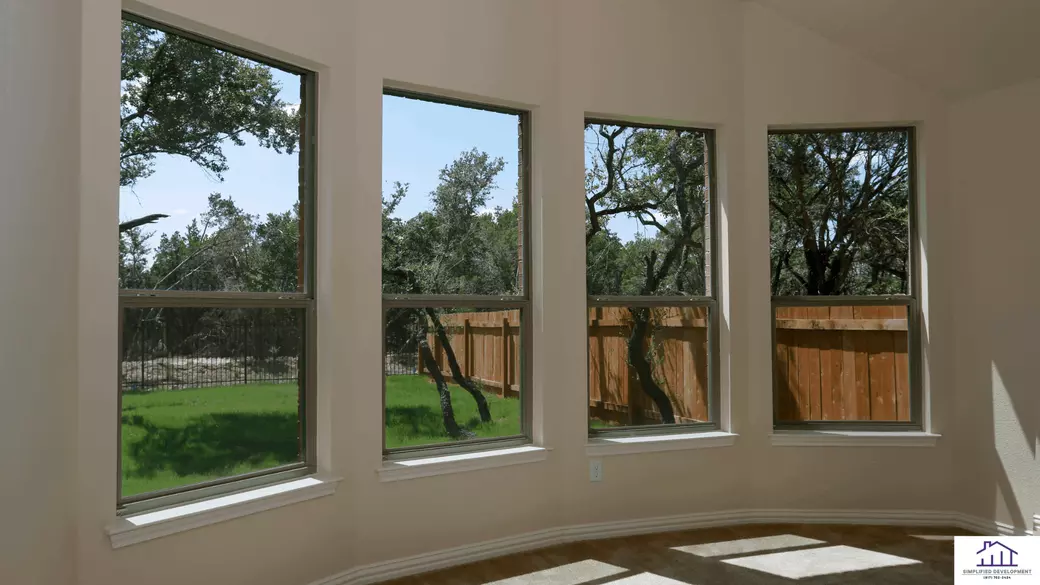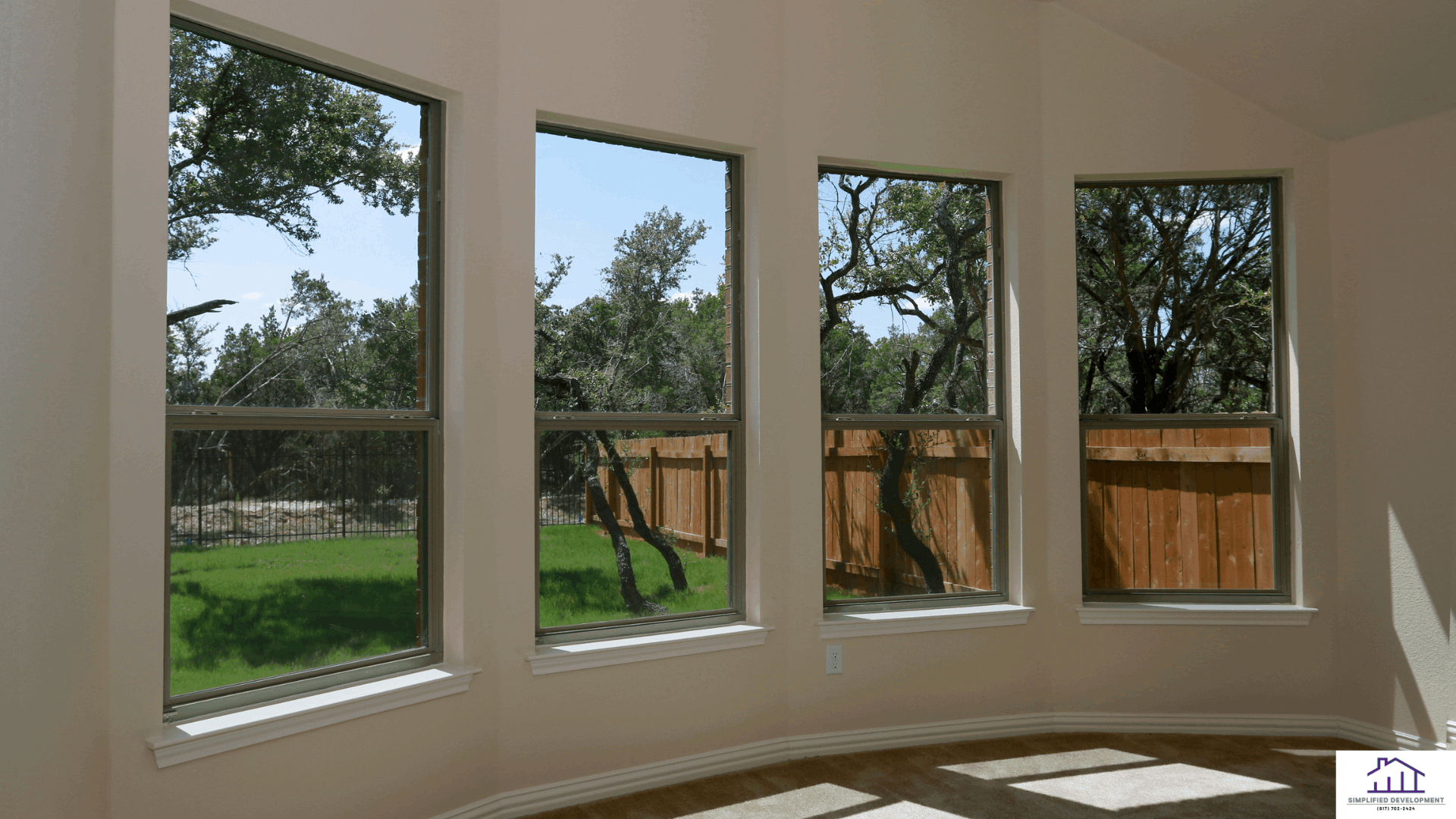The Pros and Cons of Different Window Styles

The Pros and Cons of Different Window Styles

Choosing the right window style for your home can be a daunting task. Each style has its unique benefits and drawbacks, and understanding these can help you make an informed decision. This article explores the pros and cons of various window styles to help you select the best option for your home.
1. Double-Hung Windows
Pros:
- Versatile Design: Double-hung windows are one of the most popular window styles due to their classic and versatile design, which fits well with most architectural styles.
- Easy to Clean: Both sashes tilt inward, making it easy to clean the exterior glass from inside your home.
- Good Ventilation: With the ability to open both the top and bottom sashes, double-hung windows provide excellent ventilation control.
Cons:
- Limited Sealing: Compared to other styles, double-hung windows can have more potential for air leakage, reducing energy efficiency.
- Maintenance: The moving parts in double-hung windows can wear out over time, requiring more maintenance.
2. Casement Windows
Pros:
- Energy Efficiency: Casement windows have a tight seal when closed, making them highly energy-efficient and reducing air leakage.
- Excellent Ventilation: These windows open fully outward, allowing for maximum ventilation and air flow.
- Unobstructed Views: With no vertical sash to block the view, casement windows offer clear, unobstructed views.
Cons:
- Space Requirements: Casement windows need space to open outward, which can be an issue if you have limited outdoor space or obstructions.
- Vulnerability to Wind: In strong winds, casement windows can be vulnerable to damage if not properly secured.
3. Sliding Windows
Pros:
- Ease of Use: Sliding windows are easy to operate, as they slide horizontally along a track, making them ideal for hard-to-reach places.
- Low Maintenance: With fewer moving parts, sliding windows generally require less maintenance compared to other styles.
- Wide Views: These windows offer wide, expansive views and allow plenty of natural light into the room.
Cons:
- Limited Ventilation: Only one side of the window can open at a time, limiting ventilation.
- Track Maintenance: The tracks can accumulate dirt and debris over time, requiring regular cleaning to ensure smooth operation.
4. Awning Windows
Pros:
- Weather Protection: Awning windows open outward from the bottom, allowing for ventilation even during rain without letting water into the home.
- Energy Efficiency: These windows have a tight seal when closed, providing good insulation and energy efficiency.
- Versatile Placement: Awning windows can be placed higher on walls, offering privacy while still allowing natural light and ventilation.
Cons:
- Limited Size: Awning windows are typically smaller, which can limit the amount of natural light and views they provide.
- Obstructed Pathways: When open, awning windows can obstruct walkways or outdoor areas.
5. Bay and Bow Windows
Pros:
- Aesthetic Appeal: Bay and bow windows add a touch of elegance and architectural interest to any home, enhancing curb appeal.
- Increased Space: These windows create additional space inside the home, which can be used as a cozy nook or for extra seating.
- Panoramic Views: They offer expansive views and allow plenty of natural light to flood the room.
Cons:
- Cost: Bay and bow windows are typically more expensive than other window styles due to their complexity and size.
- Installation: These windows require professional installation and may need structural modifications to your home.
6. Picture Windows
Pros:
- Unobstructed Views: Picture windows provide large, unobstructed views and let in maximum natural light.
- Energy Efficiency: With no moving parts, picture windows offer excellent insulation and energy efficiency.
- Low Maintenance: Since they do not open, picture windows require minimal maintenance.
Cons:
- No Ventilation: Picture windows cannot be opened, providing no ventilation.
- Size Limitations: Large picture windows can be heavy and difficult to install.
Conclusion
Each window style offers unique benefits and drawbacks. Double-hung windows are versatile and easy to clean but may require more maintenance. Casement windows are energy-efficient and provide excellent ventilation but need space to open outward. Sliding windows are user-friendly and low-maintenance but offer limited ventilation. Awning windows are great for weather protection but can obstruct pathways. Bay and bow windows enhance aesthetic appeal and add space but are more costly. Picture windows provide unobstructed views and are energy-efficient but lack ventilation.
By considering these pros and cons, you can choose the window style that best fits your needs, enhances your home's functionality, and boosts its curb appeal. For expert advice and professional installation, contact a trusted window contractor to help you make the right choice for your home.
Categories
Recent Posts
Leave a reply










